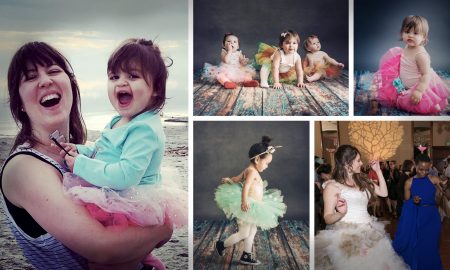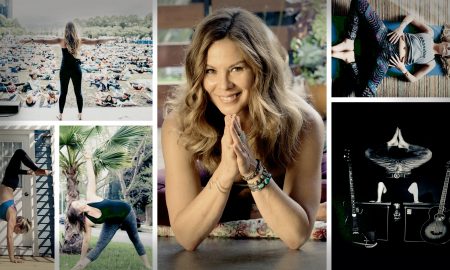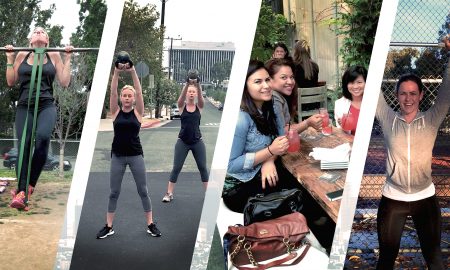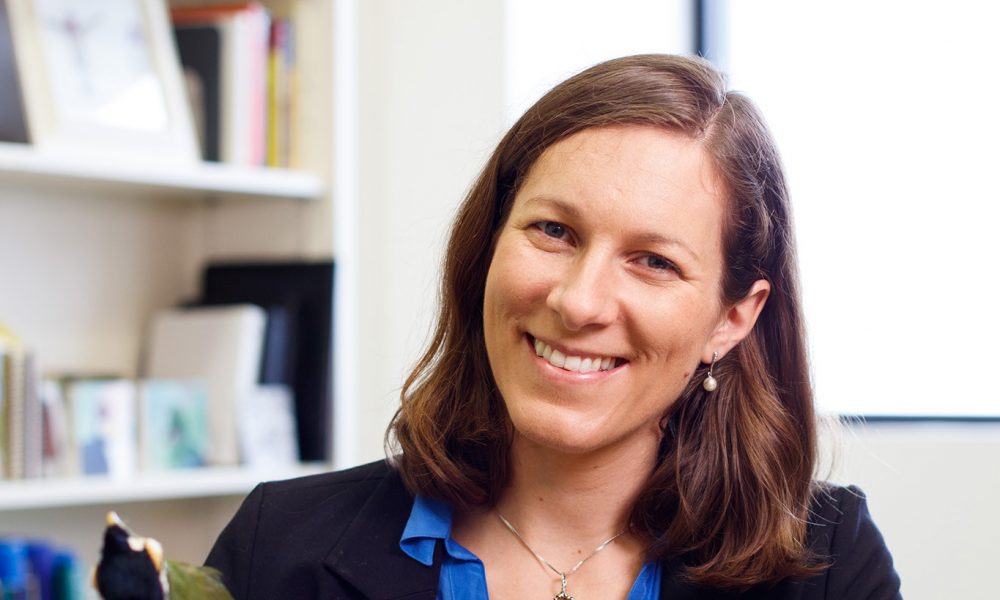

Today we’d like to introduce you to Allison Shultz.
Hi Allison, so excited to have you with us today. What can you tell us about your story?
I’ve always been a kid who loved animals – I grew up in Dana Point, and my grandparents would take me to the San Diego Zoo quite a bit. So, I thought that I wanted to be a zookeeper or veterinarian when I went to college. It wasn’t until I took a call called Natural History of the Vertebrates during my undergrad at UC Berkeley that I discovered my love of birds and that one could actually do animal research for a career. I spent the summer after that as a field assistant for a project in the Museum of Vertebrate Zoology at UC Berkeley and was hooked. From then on out, I made my goal of ecology and evolutionary biology research and focused on birds and museums. After many years of grad school (three years of a Master’s at San Diego State and six years of a PhD at Harvard University) and a year spent as a bioinformatics scientist, I started my current position as the curator of the ornithology collection at NHMLAC. There are so few of these types of jobs that getting this position in Southern California, where I wanted to live, was kind of like winning the lottery!
We all face challenges, but looking back would you describe it as a relatively smooth road?
In the world of academia and research, there is a lot of uncertainty about the future, which is one of the trickiest things. While you do get paid as a student (either through a fellowship or to teach classes), you often don’t get paid very much, and so living in expensive places can be challenging. Then, there are very few academic jobs for the number of Ph.D. holders, so they are quite competitive. I looked at many different job options when I was a student, but never really knew where (geographically and from a career perspective) I would land. There are also often long wait times (sometimes many months) after you apply for things, so you get used to having quite a bit of uncertainty. After starting as curator, COVID hitting about a year in definitely had its share of challenges as with everyone, but and looks some aspects of work longer to get going, but overall I feel like I have been very lucky.
Thanks for sharing that. So, maybe next you can tell us a bit more about your work?
Many people don’t have a good understanding of what it means to be a curator, and one of the things that I love about my job is that every day is different. As a curator, I am responsible for conducting scientific research, similar to a college professor, but I also oversee the collection (we have >123,000 bird specimens!), mentor students or interns both at NHMLAC and at other places, and represent anything bird-related in the museum. So that means I get to work with our education and programs teams, exhibition teams, advancement teams, etc. I love the many hats that I get to wear and the fact that I get to utilize a diversity of skills. In my research, I have two main focuses: first, how and why are birds the colors that they are (they may seem esoteric, but coloration and feathers more generally are really important to birds and their lives, and so we need to better understand them to protect them), and how are birds responding to anthropogenic changes, such as urbanization. One thing that sets me apart from others is that while science is very important to me, I also view myself as an artist, and practice that in most of my free time. I think that the creative practice not only fulfills me as a person but helps me be more creative and think more broadly in my professional career.
Can you talk to us a bit about the role of luck?
I was incredibly lucky to get my job! These types of jobs only typically open up when curators retire, and the number of curator jobs in ornithology at stand-alone major museums are in the tens in the entire country. So, having this job available when I was looking for a job, much less getting the job was very much like winning the lottery.
Contact Info:
- Website: allisonshultz.com
- Instagram: @tauraco.designs (that’s my artistic side)
- Twitter: @ajshultz622
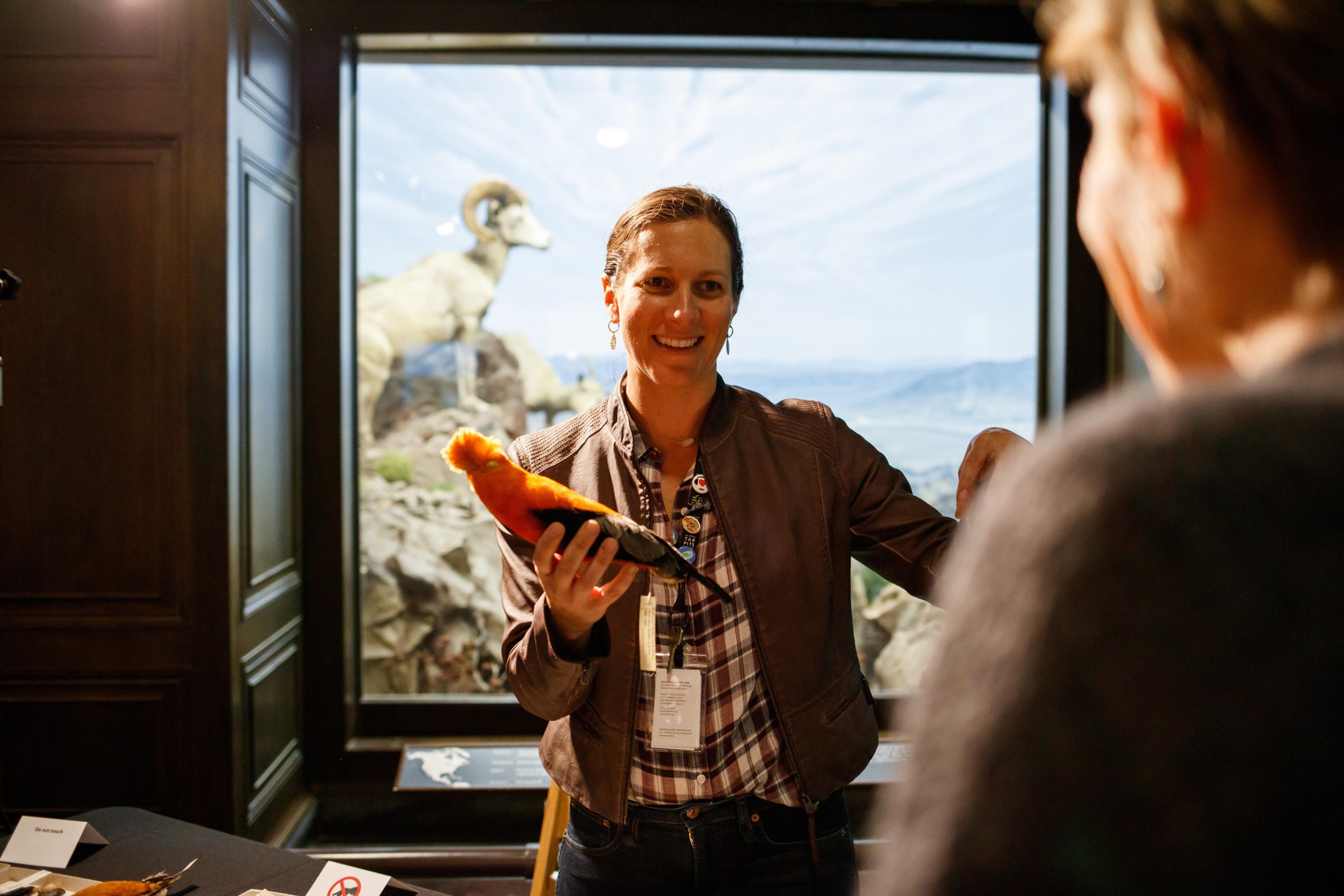
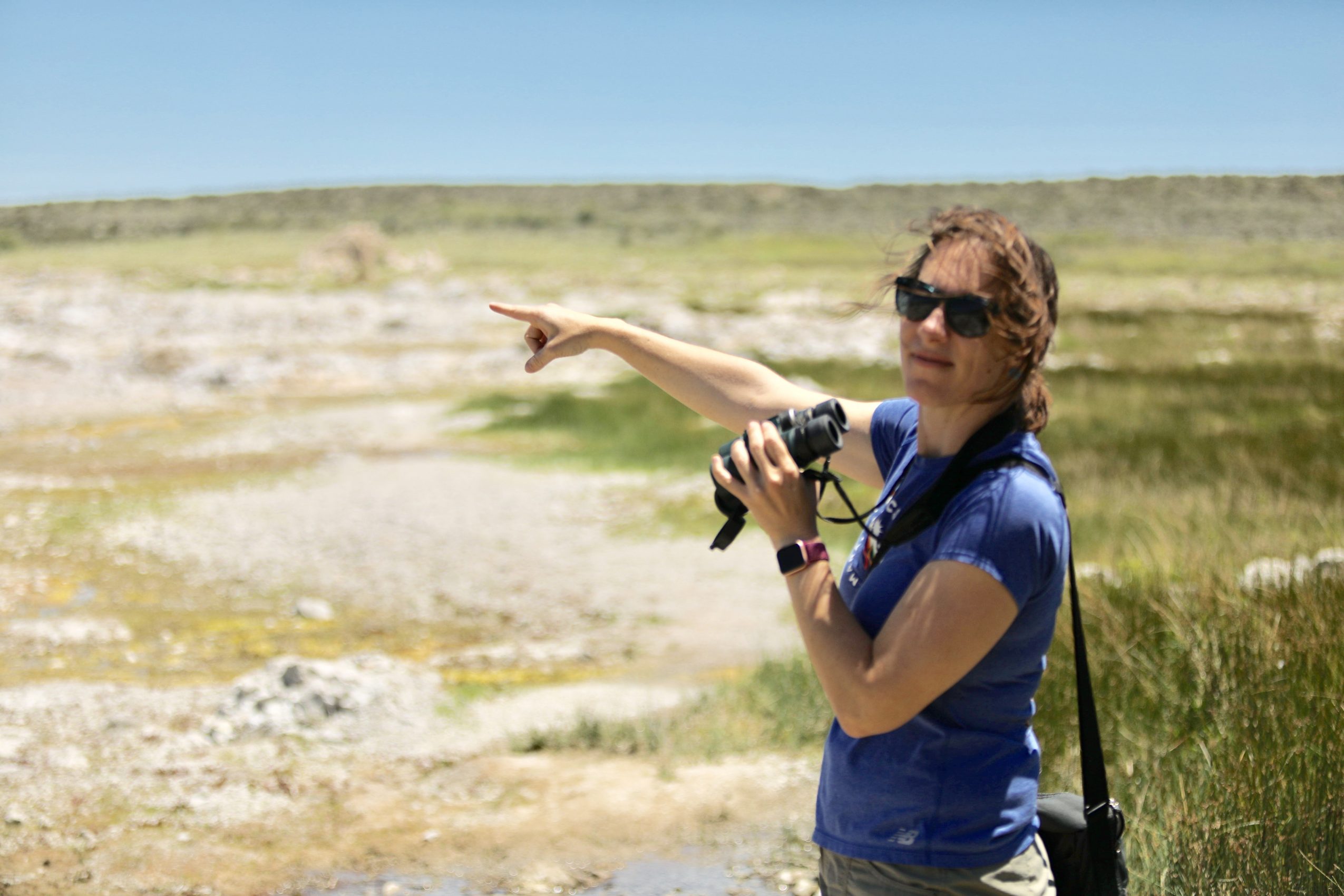
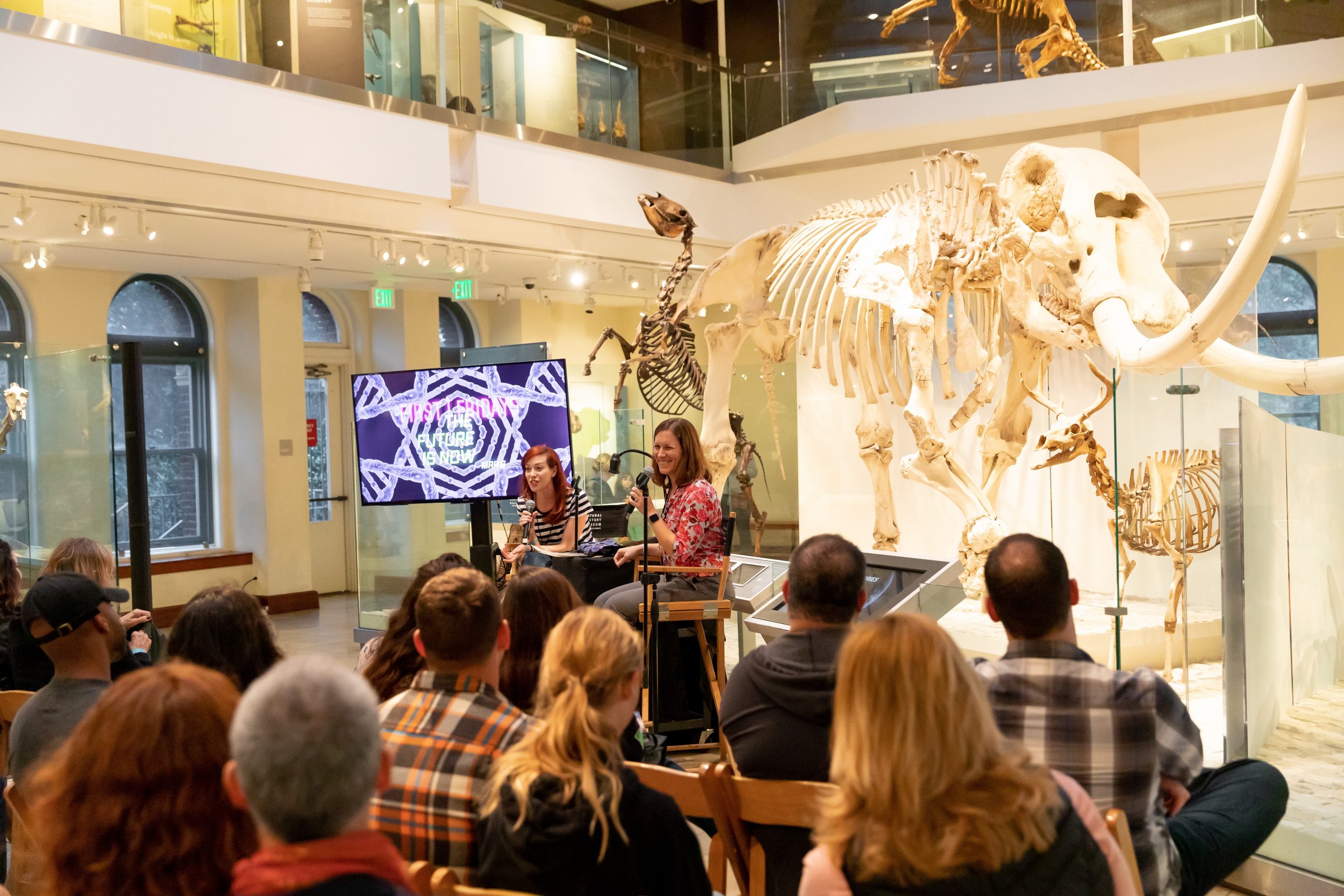
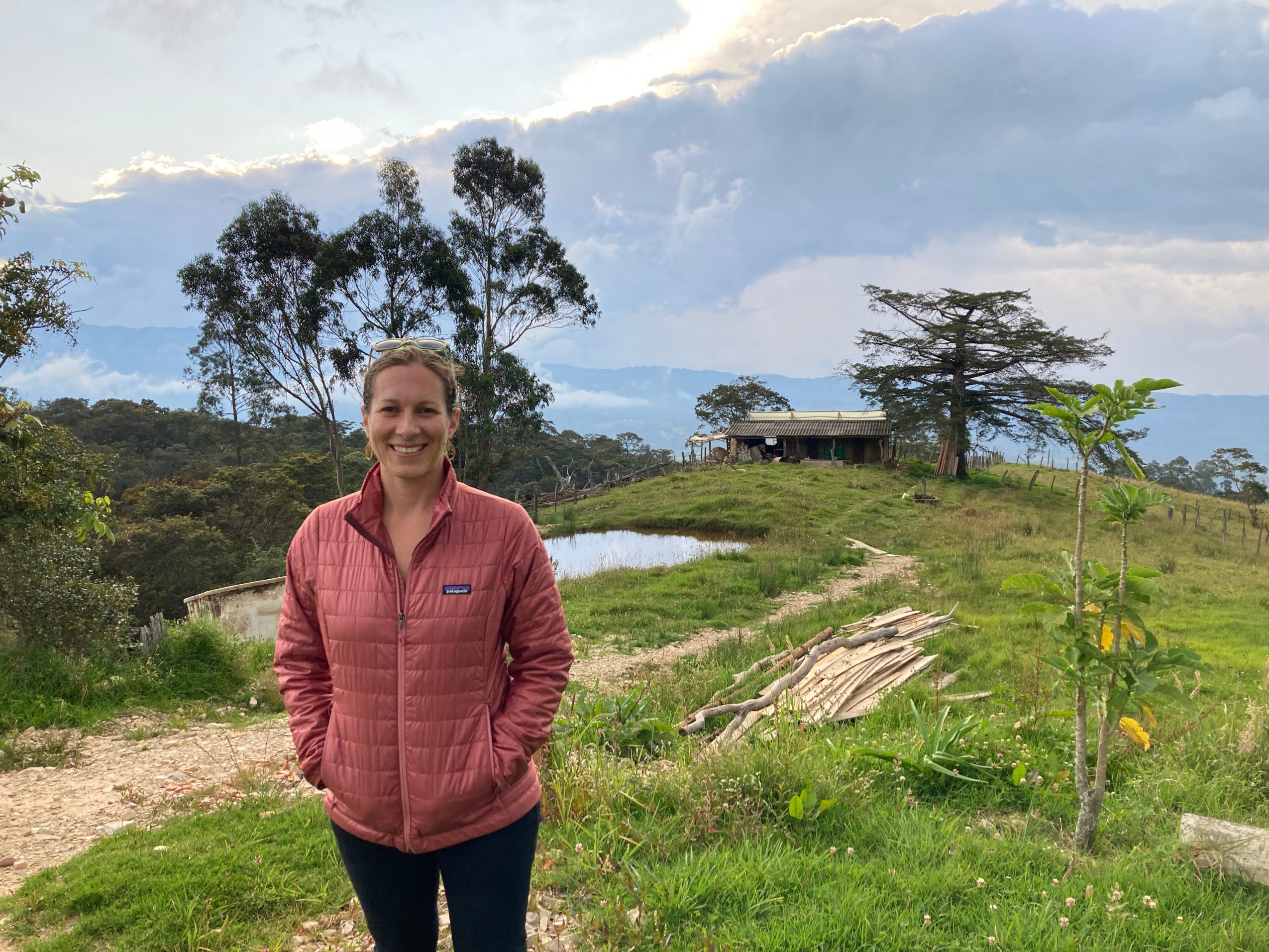 Image Credits
Image Credits
Natural History Museum of Los Angeles County


